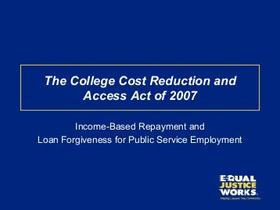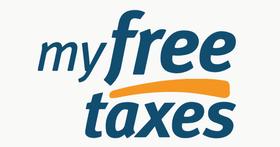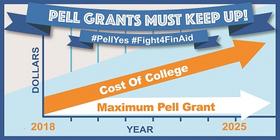It’s no secret that Americans are lagging behind other industrialized nations in terms of attaining a post-secondary degree. Losing the brain battle is concerning in and of itself, however, many politicians are also concerned about a workforce that may not have the necessary knowledge and skills to compete in the global market. To address this issue, legislators in some states are proposing plans that would make tuition at public community colleges free for all students, regardless of income.
Advantages of Zero-Tuition Programs
Clearly, free tuition makes college much more affordable for students. At a time when college tuition costs are higher than ever, being able to take advantage of such savings could encourage untold numbers of college hopefuls to enroll in classes at their local community college. Of course, with a college education comes improved knowledge, an expanded skill set, and better marketability for jobs.
Additionally, getting young people to go to college is a means to reverse the trend of income inequality in this country. With more and more of the nation’s wealth concentrated in the hands of a few, getting a college degree can help improve the economic situation of millions of young people that are the future of this country’s workforce. The better educated they are and the more skills they have, the more in-demand they will be and the more money they will make. As a result, upward mobility becomes much easier and the middle class expands.
This video asks









































































